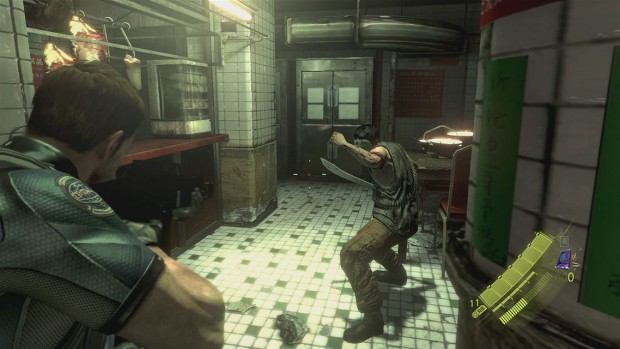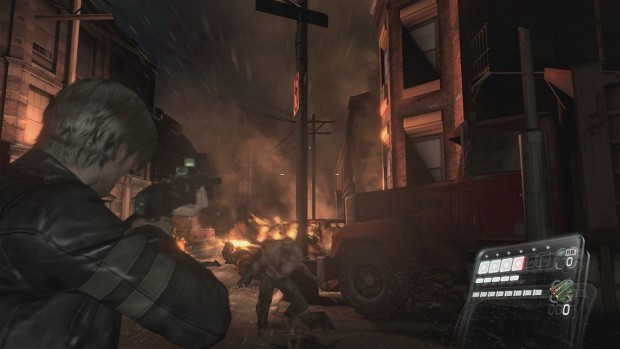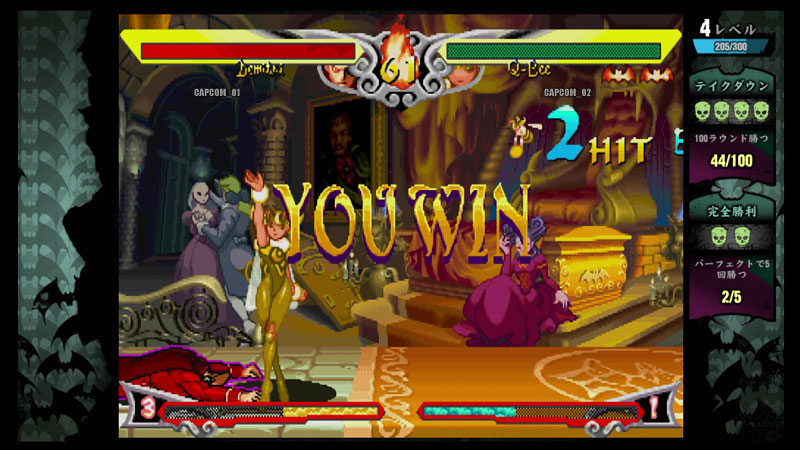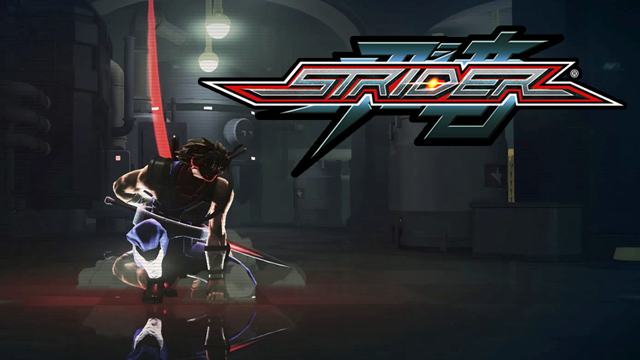Zombies have become increasingly prevalent in all areas of popular culture over the past few years, and whilst The Walking Dead, Left4Dead, Dead Rising and even Call of Duty each have their own take on how the apocalypse will play out, the Resident Evil series is perhaps the one that started it all way back in 1996. Despite its heritage, the series has had to move with the times, making the transition from ponderous survival horror to cooperative action shooter.
The latest in the Resident Evil canon is the Xbox One release of Resident Evil 6, which was originally released on Xbox 360 in 2012. The game focuses on four interlinking storylines featuring series favourites, Chris Redfield, Leon Kennedy and Ada Wong along with a number of new and partner characters, most of which are playable due to the focus on cooperative gameplay. The game has been overhauled in high definition and all previously released DLC is included, ensuring that this is certainly the most definitive version of the game available to Xbox players so far.
Here’s what I liked:
Looks good — With its upgraded visuals and higher resolution, Resident Evil 6 looks excellent overall. As always with games in this series, every environment is incredibly detailed and oozing with atmosphere. Player characters look crisp and realistic with superb animation, whilst common enemies such as zombies and the like are varied enough to ensure that the suspension of disbelief is never broken. Larger enemies, such as bosses, are as impressive as you would expect, and there are a number of these that do more than fill the screen. Frame rate is pretty consistent throughout, but certainly not flawless, with busier and effect laden scenes causing a few issues when the camera pans rapidly.
Better with friends — Resident Evil 6 essentially comprises of four campaigns, each of which can be played cooperatively either via local split-screen or across Xbox Live. In addition, there are a number of other multiplayer modes that add a lot of variety to proceedings, including a particularly fun invasion mode that allows you to take on the role of a monster in another player’s game. All of these modes are great fun with a friend because humans are simultaneously smarter and less predictable than AI partners. The game expects that cooperative players will support and cover each other, and goes to some length to enforce that expectation through inbuilt mechanics (such as stamina limitation) and enemy placement. If your buddy is the kind of player who runs off on their own, chances are you won’t last long in Resident Evil 6.
Huffing and puffing — I said in my opening statement that the Resident Evil series has had to change with the times, and much of that evolution has occurred between Resident Evil 4, 5 and 6; with 6 being perhaps the culmination of Capcom’s desire, or perhaps willingness, to introduce more fluid gameplay to the series. Resident Evil 6 is the first game in the series that legitimately allows players to engage some enemies using pure melee attacks with a degree of success. The cost of chaining multiple, high energy attacks together to dispatch foes comes at the cost of stamina, and when it runs out, the player character is left winded and badly exposed to enemy attacks. It’s a little clunky, but this mechanic (especially when playing with a human partner) works really well to introduce an element of strategy to a game which might otherwise be a bit too straightforward.
Here’s what I didn’t like:
QTE — Within the first five minutes of booting up Resident Evil 6, I had already experienced more Quick Time Event (QTE) sequences than I would ever like to see. These continue in various forms throughout the remainder of the game whenever there is a cutscene, but there are also some sequences that occur during gameplay depending on contextual situations, and frankly, they feel very outdated.
Clunky — Although Resident Evil 6 does look great, and plays very well, it still suffers from clunkiness both graphically and during gameplay. When sprinting, the camera adopts a very bizarre and totally unique kind of sway which for me is almost nausea inducing. The gameplay itself certainly benefits from the introduction of credible melee combat, but it does look a little odd as if the team that coded it into the game wasn’t entirely comfortable with it. This is the case with a few things in Resident Evil 6, the sum total of which is not at all game breaking, but often distracting and probably related to my next point.
Identity crisis — Likely a result of the evolution that the Resident Evil series has been through, Resident Evil 6 does feel as if it is unsure of whether it wants to be a slow, traditional survival horror game or just a pure action game. For example, there are some sections where ammo and health restoration items are nearly limitless, allowing players to carve through hundreds of enemies with ease. In other sequences, the player will suddenly be expected to creep through an area with only a pistol and a single clip of ammo. This often manifests as a welcome change of pace but is equally often a little jarring.
Wrap-Up:
Having not played Resident Evil 6 at length when it originally launched, I can safely say that I enjoyed the vast majority of my time with this remake and I can foresee myself replaying the campaign with friends again in the future. With that said, I don’t think that there is really any new content here for fans who played the game comprehensively the first time around, so it is those returning players who should consider their purchase most carefully.
Score: Readers Choice
Resident Evil 6 was developed and published by Capcom on Xbox One. It was released on March 29, 2016 for $19.99. A copy was provided by Capcom for review purposes. Click here for information on XBLA Fans’ new scoring system.






